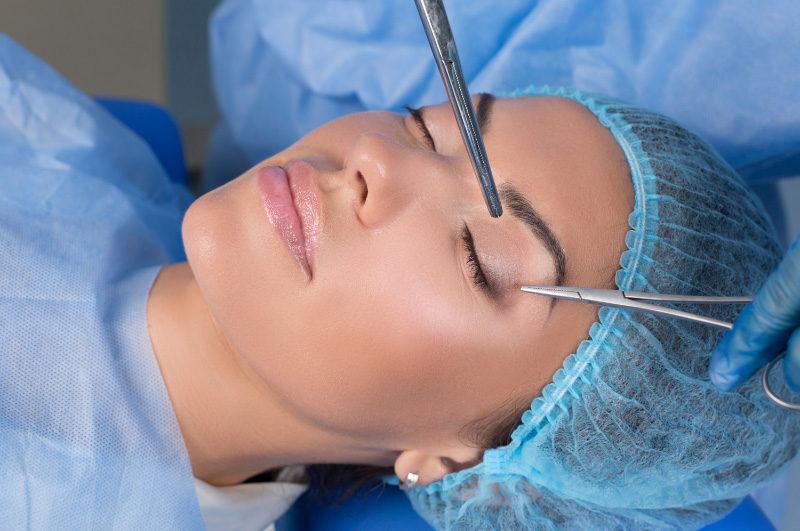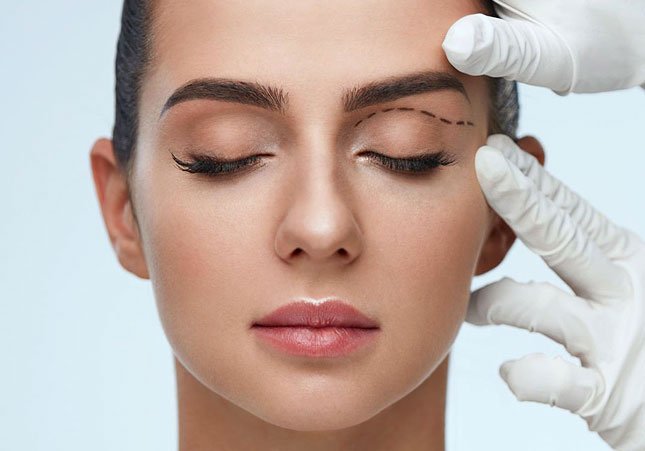Introduction
Eye bags, characterized by puffiness and excess skin under the eyes, can significantly impact one's appearance and self-esteem. While non-surgical methods offer temporary relief, surgical options provide more permanent solutions. This guide explores the surgical methods for Eye Bag Removal in Dubai, highlighting their benefits, procedures, and recovery expectations.
Understanding Surgical Eye Bag Removal
Surgical eye bag removal is designed to address more pronounced puffiness and excess skin that non-surgical treatments may not effectively resolve. The most common surgical procedures for eye bag removal are blepharoplasty, or eyelid surgery, which targets the lower eyelids, and can also include upper eyelid procedures.
Why Choose Surgical Options?
- Permanent Results: Surgical methods offer long-lasting improvements compared to non-surgical options.
- Effective for Severe Cases: Surgery is more effective for individuals with significant puffiness and excess skin.
- Comprehensive Solution: Surgical procedures can address multiple issues simultaneously, such as sagging skin and fat deposits.

Common Surgical Procedures for Eye Bag Removal
1. Lower Eyelid Blepharoplasty
Lower eyelid blepharoplasty focuses on removing excess fat and skin from the lower eyelids.
Procedure
- Anesthesia: The procedure is typically performed under local anesthesia with sedation or general anesthesia, depending on the complexity and patient preference.
- Incision: An incision is made either inside the lower eyelid (transconjunctival approach) or along the lash line (subciliary approach) to remove or reposition excess fat and skin.
- Fat Removal: Excess fat is either removed or repositioned to reduce puffiness and smooth the under-eye area.
- Suturing: Incisions are closed with sutures, which are typically removed after one week.
Benefits
- Reduced Puffiness: Effectively removes or repositions fat to eliminate under-eye bags.
- Improved Appearance: Provides a smoother, more youthful look to the lower eyelids.
- Long-Lasting Results: Offers permanent or long-lasting improvements.
Recovery
- Swelling and Bruising: Post-surgery swelling and bruising are common and typically subside within two weeks.
- Pain Management: Pain is usually manageable with prescribed medications.
- Follow-Up: Regular follow-up appointments are essential to monitor healing and remove sutures.
2. Upper Eyelid Blepharoplasty
Upper eyelid blepharoplasty addresses excess skin and fat on the upper eyelids, which can contribute to a tired appearance and impaired vision.
Procedure
- Anesthesia: Performed under local anesthesia with sedation or general anesthesia.
- Incision: An incision is made along the natural fold of the upper eyelid to remove excess skin and fat.
- Tissue Removal: Excess skin and fat are carefully removed to achieve a smoother, more youthful appearance.
- Suturing: The incision is closed with sutures, which are typically removed after a week.
Benefits
- Improved Vision: In cases where excess skin obstructs vision, upper eyelid surgery can improve field of vision.
- Enhanced Appearance: Provides a more youthful and refreshed look.
- Long-Term Results: Results are generally long-lasting, with maintenance only needed for aging-related changes.
Recovery
- Swelling and Bruising: Similar to lower eyelid surgery, swelling and bruising are common and typically resolve within two weeks.
- Pain Management: Post-operative discomfort is generally controlled with pain medication.
- Follow-Up: Essential to ensure proper healing and to manage any potential complications.
3. Transconjunctival Blepharoplasty
This approach involves making an incision inside the lower eyelid, which leaves no visible scarring.
Procedure
- Anesthesia: Performed under local anesthesia with sedation.
- Incision: An incision is made inside the lower eyelid to remove or reposition fat.
- Fat Removal: Excess fat is carefully removed or repositioned to smooth the under-eye area.
- Healing: No external stitches are used, and the incision heals internally.
Benefits
- No Visible Scarring: Since the incision is inside the eyelid, there is no visible scarring.
- Minimal Downtime: Recovery time is often shorter compared to external incisions.
Recovery
- Swelling and Bruising: Post-operative swelling and bruising are common but usually resolve within two weeks.
- Pain Management: Discomfort is managed with prescribed medications.
- Follow-Up: Regular follow-ups ensure proper healing and to monitor for any complications.
Choosing the Right Surgical Procedure
Consultation
A thorough consultation with a qualified surgeon is crucial to determine the most appropriate procedure based on individual needs and anatomical considerations.
Personal Goals
Consider your cosmetic goals, the severity of eye bags, and any functional issues such as impaired vision when choosing a surgical approach.
Expertise and Experience
Select a surgeon with experience in eyelid surgery to ensure the best outcomes and minimize risks.
Conclusion
Surgical eye bag removal offers a range of effective options for individuals seeking long-lasting improvements in the appearance of their under-eye area. Procedures such as lower eyelid blepharoplasty, upper eyelid blepharoplasty, and transconjunctival blepharoplasty can address various concerns, from excess skin to fat deposits. By understanding the procedures, benefits, and recovery aspects, you can make an informed decision about the best approach to achieve a refreshed and youthful appearance.





Comments